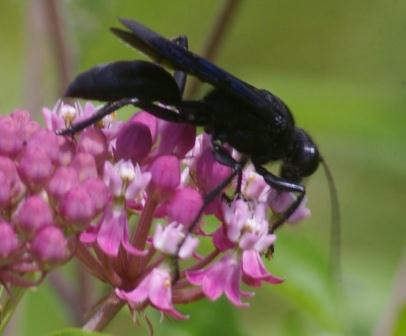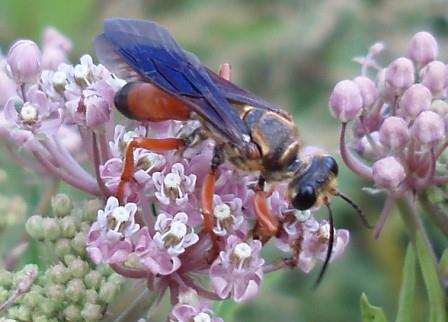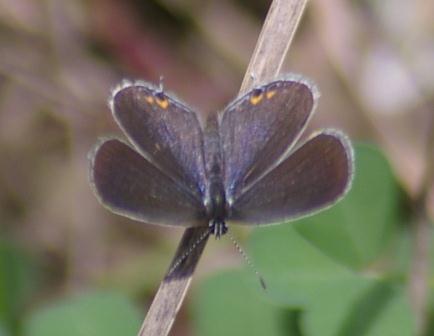by Carl Strang
Mayslake Forest Preserve had much of its acreage burned for management purposes last spring, as described earlier. One result, aided by good amounts of seasonal rains, was a very lush, tall growth of prairie vegetation.
What impact did this have on the prairie insects, in particular the singing insects? I expected the species that lay their eggs in the tops of prairie plants would be impacted the most, but those that lay their eggs in the soil would be relatively unharmed. It was clear, though, that despite the unusual completeness of the burn, small patches of prairie here and there were missed by the fire, as were wetland and woodland edges, and there were portions of the preserve not included in the burn plan. These provided a reservoir from which affected species might spread.
My impression through the season was that the numbers of fall field crickets (a species which lays its eggs in the soil) were down from last year, but the numbers don’t bear this out. Counts on the whole in the various habitats are similar between this year and last. Likewise, the 3 species of common ground crickets are so abundant in all habitats that no quantitative comparison seems necessary.
Greenstriped grasshoppers overwinter as nymphs, and so are more vulnerable. If anything, however, their numbers seemed somewhat larger in all habitats, including burned ones.
Unfortunately, confusion about the species identity of meadow-dwelling tree crickets (described in a post earlier this week) prevented my gathering quantitative data last year. I did record numbers this year, though, and attended their locations through the season. It was clear that the earliest singers in this group were concentrated in unburned areas and around the edges of burned areas, where they might have hatched from eggs in the unburned adjacent habitats. As the season progressed, though, these tree crickets (mainly Forbes’s tree crickets) proved to be very mobile, and spilled into the hearts of the burned areas (where the forage no doubt was richer thanks to the burn, and where there was an advantage to escape the competition). Though numbers overall may have been down a little, there were plenty of these tree crickets to ensure a rapid population recovery.
As for meadow katydids, they all to some extent concentrate in wetlands, which were scorched in places but not thoroughly burned. There again appeared to be plenty of survivors to reproduce and fill the habitat.
Perhaps the most interesting observation relevant to this question this year was a big drop in wasps of the genus Sphex. There were a lot of these last year, crowding into the areas where swamp milkweeds were blooming. The great black wasp and great golden digger specialize in capturing katydids to feed their young, and potentially can influence populations significantly. I saw only a very few of those wasps this year. As they overwinter underground, I doubt the fire had anything to do with their absence. Whatever the cause, their departure further assured a successful reproductive season for the katydids of Mayslake.
The upshot of all of this is that the extensive spring burns, while they may have had some minor and spotty effects on singing insect populations (and, by extension, other invertebrates), did not devastate any populations as far as I can tell. This was somewhat surprising, but in retrospect it becomes clear that it would take an extraordinarily complete and extensive burn to have a long-term impact. Refugia within and without the burn area seem likely to carry populations through enough to recover from this disturbance.








